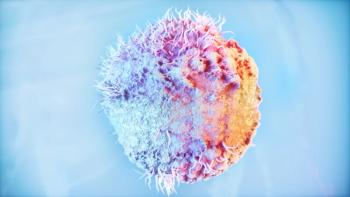
The Chickenpox-Shingles Connection
One virus causes 2 infections decades apart.
As viruses go,
VZV first infects the body as chickenpox (varicella), a highly contagious but relatively minor infection that primarily affects young children, although it can be far more
The first symptoms of chickenpox are sudden-onset fever, fatigue, headache, body aches, and loss of appetite. A blistering, itchy rash emerges a couple of days later, usually beginning on the face, back, or chest and spreading quickly to the rest of the body.
The virus is most likely to spread during this active phase of the infection, either through direct contact with the lesions or through breathing in viral particles from the lesions. The contagious period for chickenpox runs from 1 to 2 days before the rash erupts until all the blisters have scabbed over.
The chickenpox patient recovers, but VZV remains in the body. It lies dormant in the nervous system for decades until it
The first symptoms of
Symptoms during the rash can vary from mild itching to intense pain which typically subsides after 3 to 5 weeks. Early treatment with antivirals can help to shorten the course of the infection and reduce complications.
Unlike chickenpox, shingles is
Fortunately for individuals at both ends of the age spectrum, chickenpox and shingles are preventable through vaccination.
The 2 options for vaccination against chickenpox are 2 doses of the varicella vaccine or the combination MMRV vaccine that guards against measles, mumps, rubella, and varicella.
The CDC recommends 2 doses of
To prevent shingles, the CDC recommends that healthy adults aged 50 and older receive Shingrix, the only herpes zoster vaccine available in the United States. The vaccine is given in 2 doses administered 2 to 6 months apart. Individuals who have previously had shingles or received the earlier shingles vaccine Zostavax can also receive Shingrix.
Shingrix has been
Newsletter
Pharmacy practice is always changing. Stay ahead of the curve with the Drug Topics newsletter and get the latest drug information, industry trends, and patient care tips.















































































































